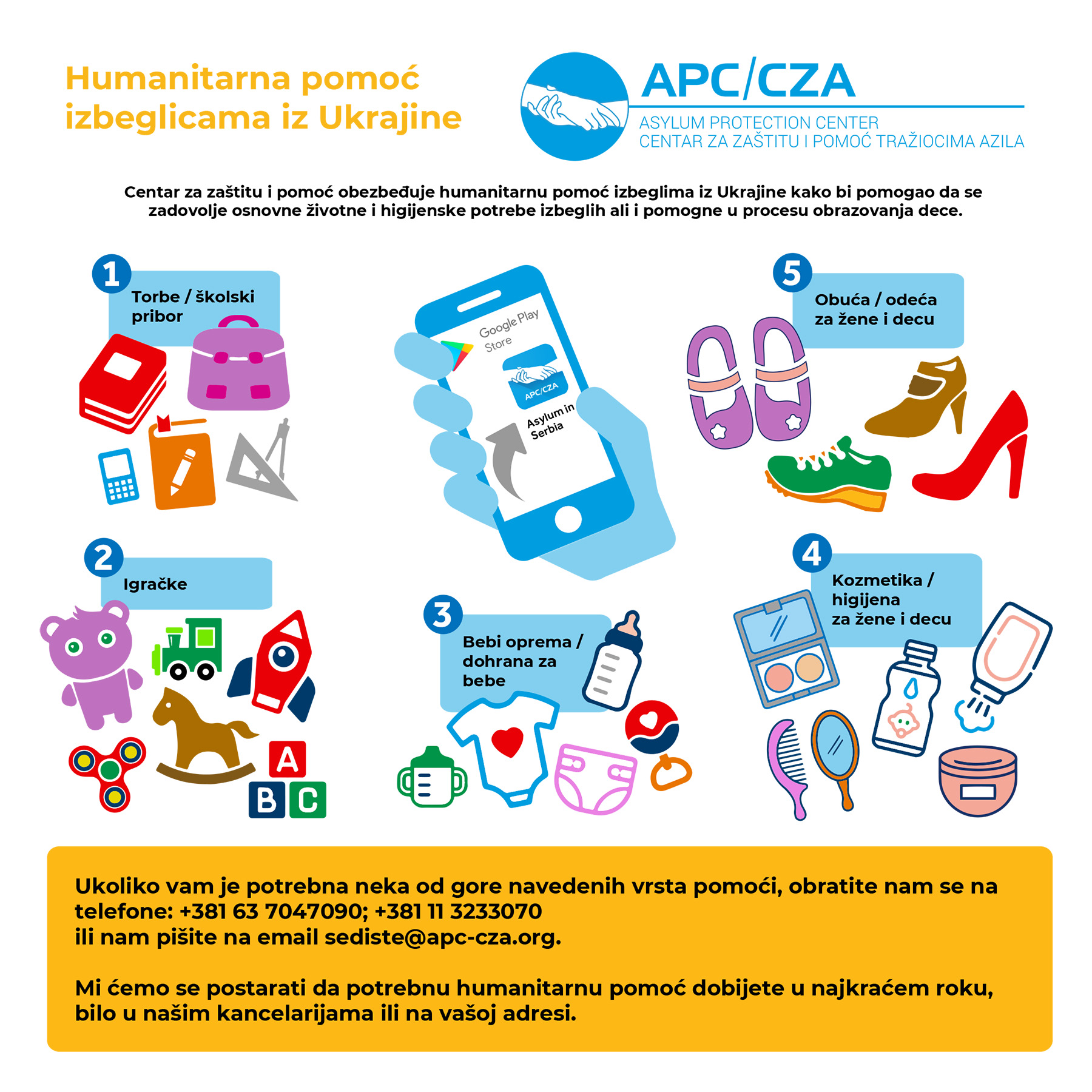Source: RTS
BELGRADE, Oct. 31 – Executive Director of Asylum Protection Center, Rados Djurovic told RTS that there is no global solution to the problem of migration. “Our position is like a buffer zone,” Djurovic pointed out.
Today, migration is one of the biggest global problems for which neither an international organization, nor world leaders can find an appropriate solution.
Guest-speaking on RTS Dnevnik, Rados Djurovic says yet another country does not wish to participate in a global agreement on resolving migration issues – Austria.
He recalled that the agreement came to an end in 2015 and with the efforts of New York, that is, the New York Protocol, and that almost all countries were willing to somewhat deal with the problem.
According to him, the problem is of a global nature and requires the understanding of most UN member states.
“We do not have a global solution: the first country that stepped away from such an agreement was the United States, Hungary and now, Austria. There is definitely one trend facing this problem at a global level, which is dangerous, bearing in mind that migration can not be solved by unilateral acts, nor the initiatives of individual countries, “Djurovic says.
Speaking of possible consequences for Serbia, Djurovic says the consequences of the agreement are not direct.
“We are talking about an agreement that is supposed to be signed in Marrakesh at the end of the year,” Djurovic says. It would establish rules and principles on how to manage migration around the world, what to ensure of basic human rights, and how to deal with issues affecting migration and refuge.
According to him, the absence of participation in such an agreement is a political message that some countries do not want to participate and do not see migration as a global problem. He points out that the Serbian public does not talk about the issue as a global problem.
If Bosnia closes its borders, Djurovic says that it would be another situation where things come to the regional level.
Djurovic said that now a large number of migrants are trying to enter Croatia from Serbia and that, if BiH closes its borders, migrants will remain in Serbia in large numbers.
For now, a large number of migrants coming to Serbia are trying to enter Croatia, so the main route is still towards Europe through Croatia from Serbia, and there we have constant border returns, says the director of Asylum Protection Center.
“Our position is like a buffer zone, but figures and people are as such that now the situation is not critical, but we have to think,” Djurovic said.
“Five thousand migrants are on a daily basis in the country, this is not a large number in terms of capacities, and it can be regulated, but far-reaching migration has to be settled, Serbia is not a member of the EU, it is on the outer borders of the Union,” Djurovic explains.
“In the south, there is no intensive cooperation with non-EU countries, so there is room fora settlement of agreements with the EU, who is a major factor or actor when it comes to migration,” concluded Djurovic.
In referring to the US President Donald Trump comments on abolishing the citizenship rights of US-born migrants, Djurovic says it will provoke “populist effects,” but also jeopardize the foundations of the US state and society in which migrants have been a driving force throughout history.
“These people do not go to the United States for economic reasons alone, they are increasingly leaving political persecution or violence in the countries of Latin America,” Djurovic said.
 AzilSrbija AzilSrbija
AzilSrbija AzilSrbija




